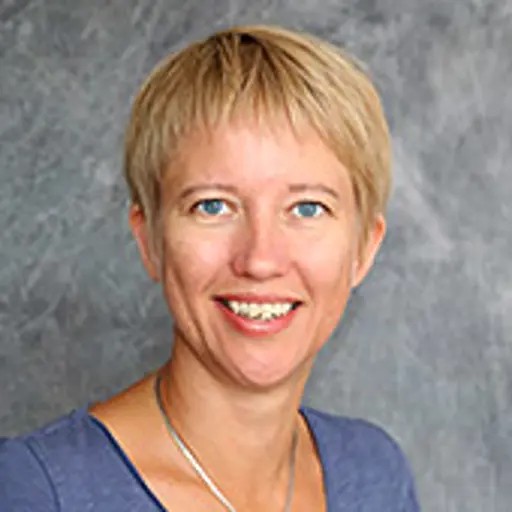

On April 14, 2023, at 14:14 Swedish time, the European Space Agency's space probe JUICE - JUpiter ICy moons Explorer - was launched on its long journey to Jupiter's largest moons. On board the probe are ten super-sensitive instruments, one of them called SWI, which will observe the thin atmospheres of water surrounding Jupiter's largest moons and provide answers to the question of whether there are conditions for life.
"All the icy moons are suspected of having underground seas beneath the ice surface, and the moon Europa has been found to have geysers where water emerges from the ice into the atmosphere. "By studying these geysers, we can see what molecules the underground ocean contains, perhaps complex organic molecules. It would be very exciting to find geysers from the oceans below the ice surface," says Eva Wirström, astronomer at Chalmers and Onsala Space Observatory.
Although ESA owns the mission, a large number of Swedish scientists and engineers have been central to making the probe possible, providing everything from scientific instruments to technical components and rocket parts. Expertise from West Sweden has played an important role for one of the instruments on board - the Sub-Millimeter Wave Instrument (SWI). SWI will investigate the temperature difference, composition and dynamics of Jupiter's atmosphere, exosphere and the surfaces of the icy moons.
Work on the instrument is led by the Max Planck Institute in Germany, and Sweden is one of several countries contributing sub-instruments and knowledge to the German-led project. In addition to Chalmers, the Gothenburg company Omnisys, which develops measuring instruments for space, and Low Noise factory, which supplies amplifiers in radio astronomy, are also involved in the work.
"We are proud to deliver unique semiconductor components to SWI and that our research in terahertz electronics can contribute to exciting new knowledge about Jupiter and its moons. An important prerequisite has been access to world-class infrastructure, a long-term approach, teamwork and the opportunity to combine academic research and advanced technological development together with industry players," says Jan Stake, Professor at Chalmers' Department of Microtechnology and Nanoscience.
Omnisys Instruments (AAC Omnisys) was involved from the beginning of the development of SWI, which started back in 2009, and has since helped with system design and definition of various subsystems.
"Our specific contribution to SWI includes a 600 GHz mixer with diodes from Chalmers and amplifiers from LNF as well as broadband spectrometers based on our own full custom ASIC circuits. These circuits provide a performance that is 10 times better than what competitors can offer and in itself enables more research results. Omnisys has developed world-leading radiometer instruments and subsystems for various research groups for more than 30 years, including ODIN, says Mats Lindgren, Omnisys.
"Delivery of hardware and know-how in cryogenic low noise amplifier technology to the JUICE project represents an important milestone for LNF's long-term investment in space and Big-Science!" says Peter Sobis, Low Noise Factory.
More info:
Max Planck Institute for Solar System Research's info on SWI.
Swedish Space Agency (Rymdstyrelsen) on JUICE and the Swedish contributions to the instruments on board, where Gothenburg-based RUAG and Frontgrade Gaisler are mentioned, among others.
European Space Agency ESA's website about the Juice Mission.
Contact

- Associate Professor, Astronomy and Plasma Physics, Space, Earth and Environment

- Full Professor, Terahertz and Millimetre Wave Laboratory, Microtechnology and Nanoscience